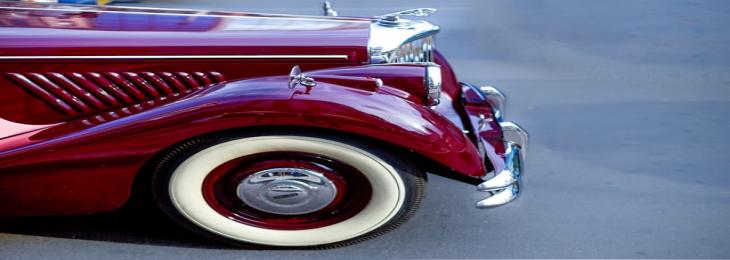
Jaguar Classic continues to learn the alphabet, coming to work with the C-type Continuation car to join the E-type and D-type Continuations that it released years ago.
The Jaguar Classic has announced its new version of the 70th anniversary of the C-type, first named the XK120C (Competition) in 1951. Encouraged by the success of the XK120 race in 1950, the Jaguar expanded its 1951 game. Icon designer Mr. Malcolm Sayer carved a beautiful body for a round aluminum race, mounted on a lightweight tubular frame to create the XK120 competition. Powered by 200-hp in the sixth line and led by Mr. Peter Walker and Mr. Peter Whitehead, the XK120C won the Le Mans 1951. Famous horse rider Mr. Stirling Moss also drove the XK120C at the event.
Jaguar revived the C model in 1952 and became famous for adding disc brakes to Dunlop to make the world's first C-cars to incorporate new brake technology. As Jaguar had earlier described the situation, officials in 1952 of Mille Miglia sought evidence that the discs were, in fact, brakes and not illegal equipment. Mr. Stirling Moss and Mr. Norman Dewis drove type C in their first brake car victory in the Reims Grand Prix that same year.
The company’s latest project brings back the sophisticated, unconventional beauty of the C model that acquired Le Mans in 1953 in a new generation of car enthusiasts. The Jaguar will build each model with a green hand, ready for a race that includes reduced space, seamless interior, disc brakes and FIA accredited harness.
In 1953, Mr. Tony Rolt and Mr. Duncan Hamilton ran the C with a victory over Le Mans, setting a record as the first to weigh more than 100 mph (161 km / h) during a major race. Type C also completed 2 and 4. The victory ensured other Le Mans teams would need disc brakes to compete in the future, accelerating the development and expansion of new brake technology. At Jaguar, the C-type retired in 1953 but replaced it: a disc brake using the Le Mans hat trick between 1955 and '57. The FIA-approved harness system will be offered as an alternative, and C-type Continuation vehicles will be ready for historical competition, tracking and closed road use.
Using information obtained from ongoing efforts, the Jaguar Classic incorporated drawings, records, and data from the original 1953 C model, transforming it all into digital entertainment using the latest CAD technology. It will continue to build eight continuous C cars at Jaguar Land Rover Classic Works in Coventry, UK. In 2022, it will host a launch event for a lucky consumer event.






